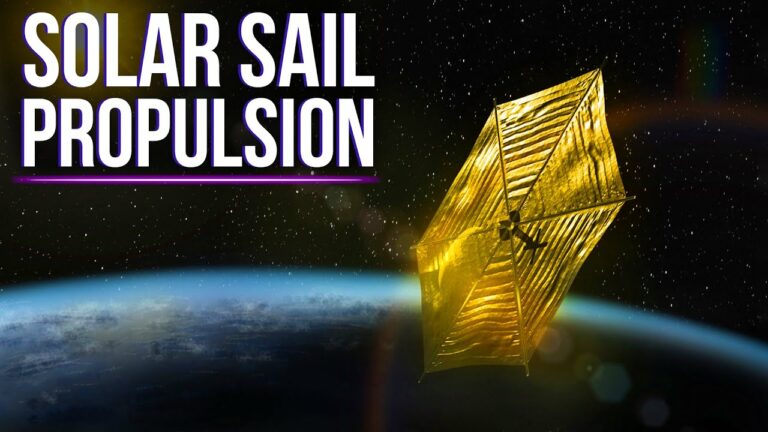What Will Solar Sail Propulsion Mean For The Future Of Space Travel?
Robert H. Goddard couldn’t believe his eyes: his rocket went finally up to an altitude of 41 feet in 2.5 seconds and landed 184 feet away. It was March 16, 1926, a date that changed the world. Forever. Today, the Goddard Rocket Launching Site National Historic Landmark commemorates the site of the world’s first successful liquid-fueled rocket. You can find it in Auburn, Massachusetts. The original launch site is indicated by a granite marker.
Almost 97 years have passed by since that day, and nowadays, the majority of unmanned rockets that deliver spacecraft and satellites to Earth orbit or on interplanetary expeditions use a liquid propulsion system, just like Goddard’s rocket. But humans like to look further, and ever since that day, they have been thinking of ever better solutions: for instance, we want to go outside the solar system and reach other stars. To do this, we might need solar sails.
As Goddard himself said, “The dream of yesterday is the hope of today and the reality of tomorrow”.
Do not forget to share your opinion with us to provide you with the best posts !




0 Comments